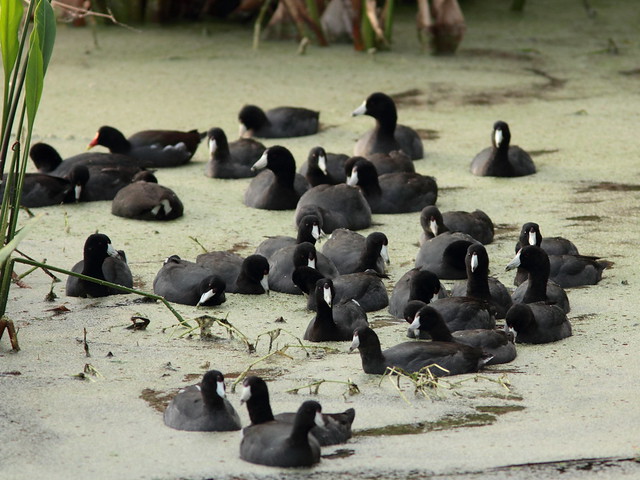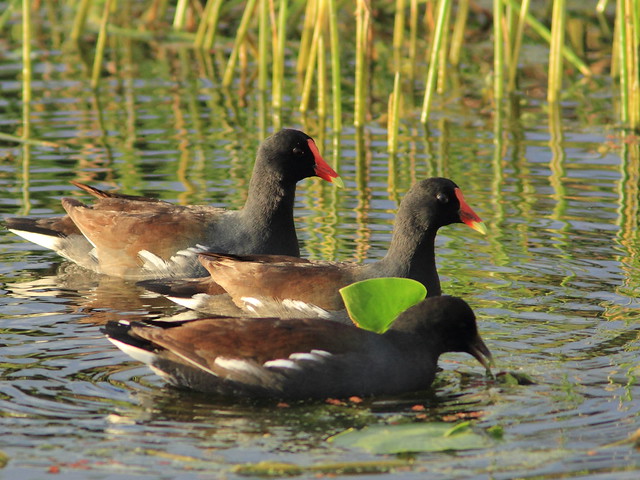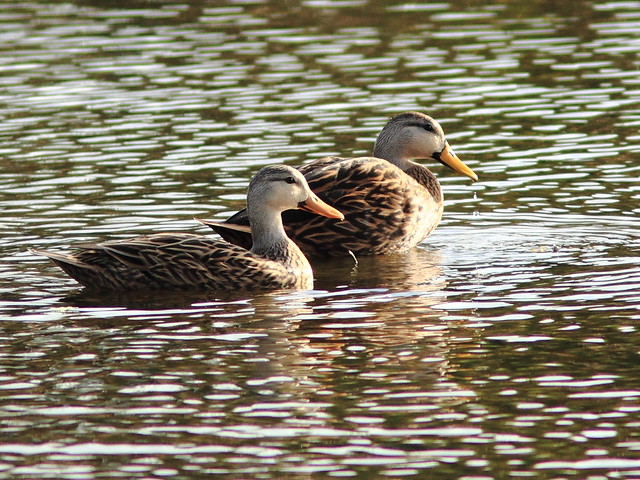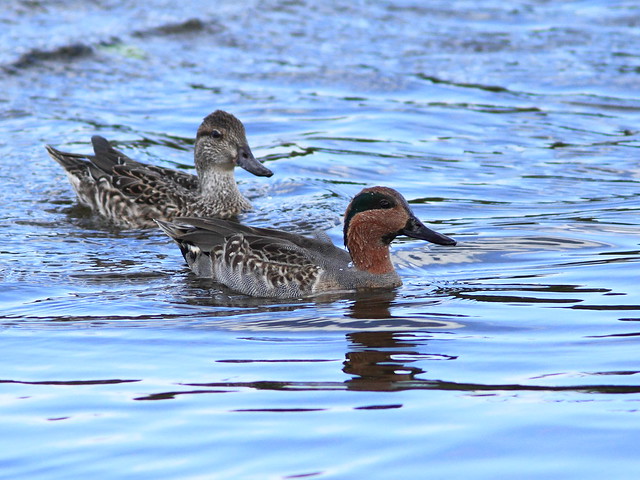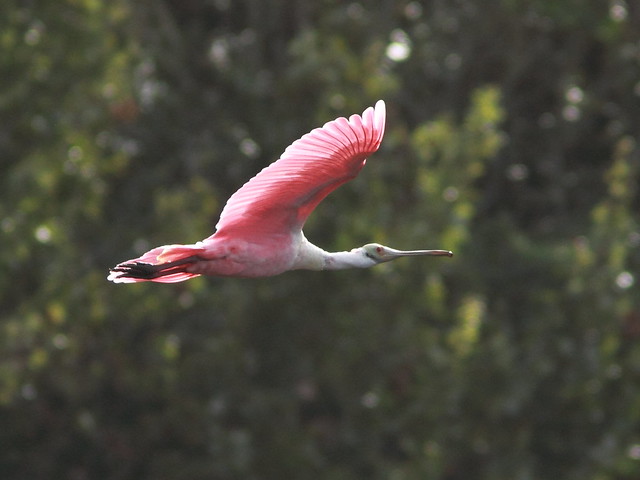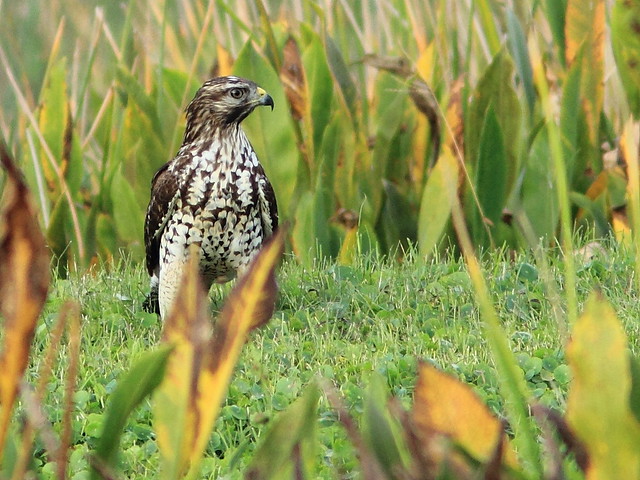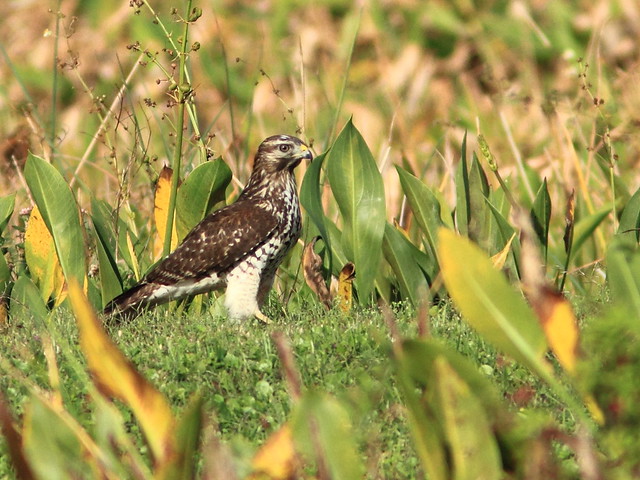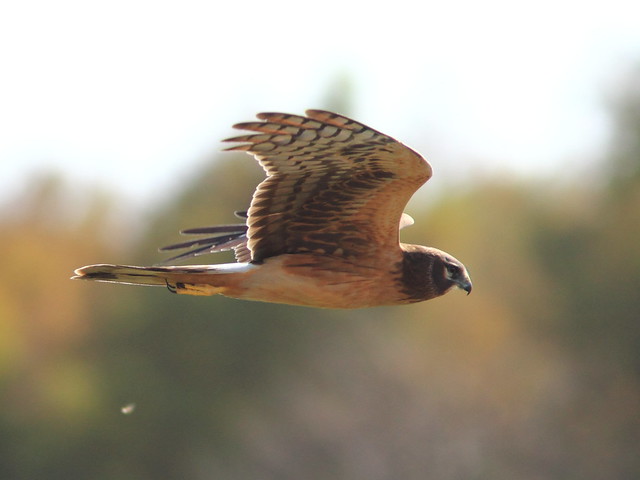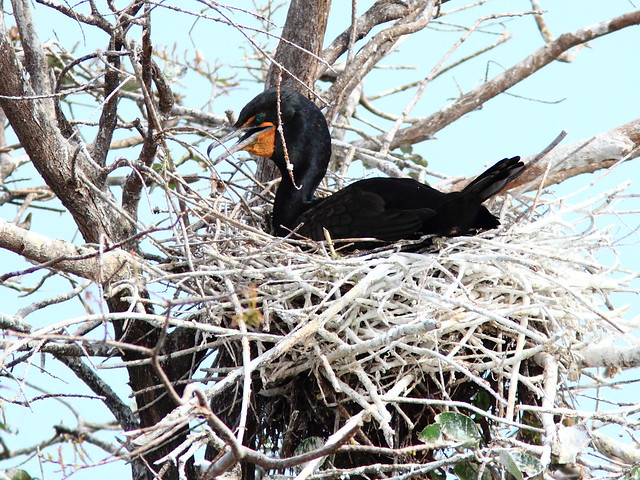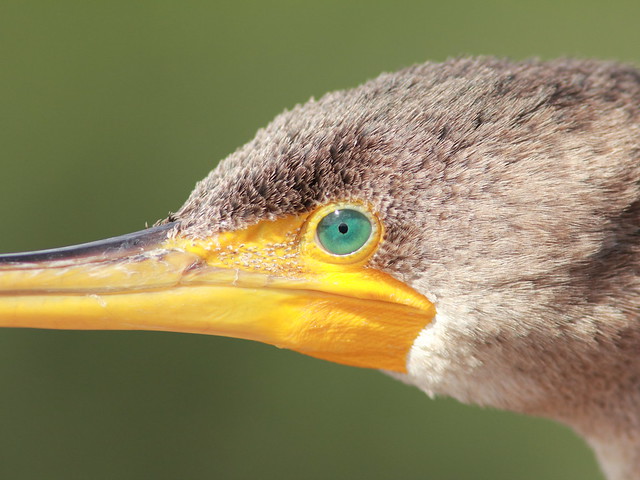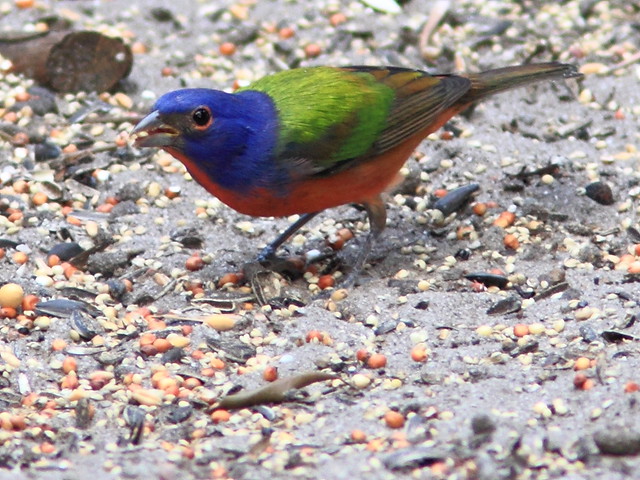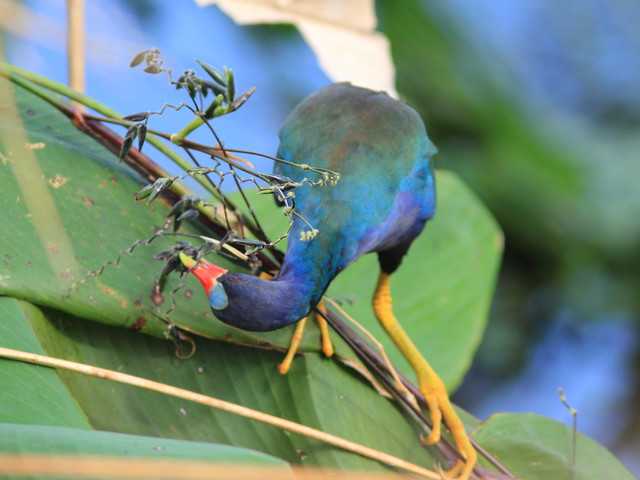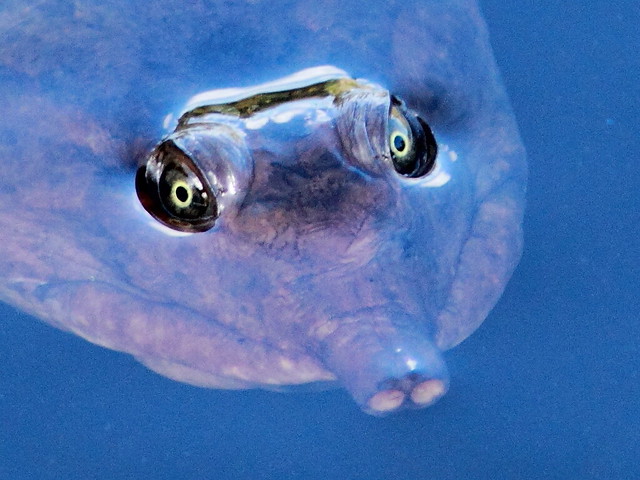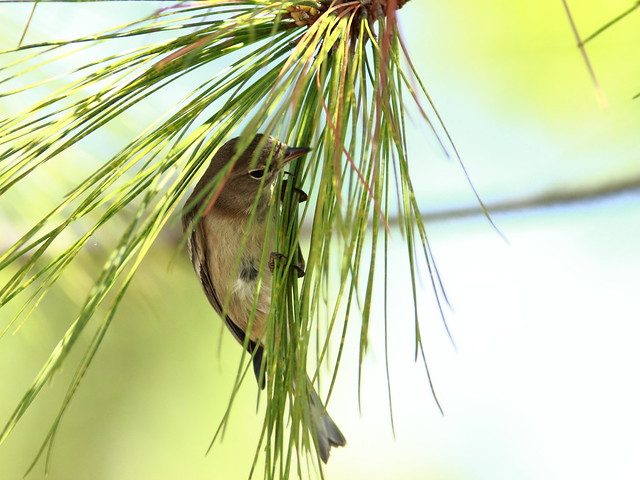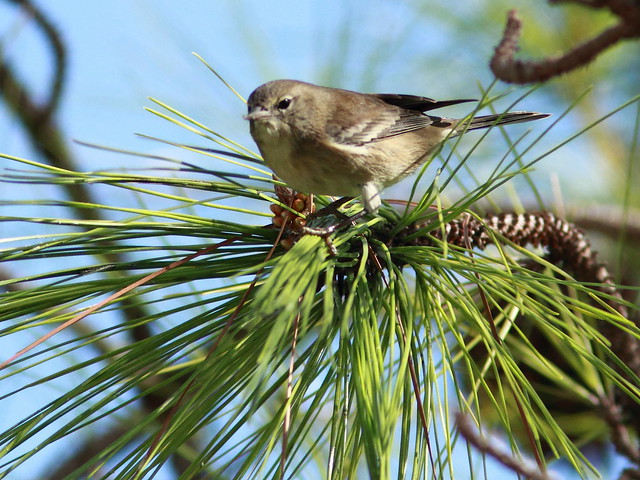Posted by: Ken @ 12:23 pm
Birds and birders flock to some unseemly places. As a kid in New Jersey, one of my favorite birdwatching areas was an open dump in the Hackensack Meadows. If the wind was right its odor carried up to a mile. Aside from the innumerable gulls, crows and rats it attracted, its remote location provided ideal habitat for sparrows and raptors. Happy to say, that very dump gained the more respectable name of “landfill,” grew to become “Mount Trashmore, ” and now my mountainous “dump” is known as Kingsland Outlook, part of Richard W. DeKorte Park, famous as a birding hotspot
My first duty assignment after I got drafted in 1966 was El Paso, Texas. Here, the Fort Bliss sewage ponds provided a large expanse of water, an oasis in the desert environment that attracted a great variety of water birds. In those days, the stench from the primary treatment basin was often unbearable, but cattails grew around the clear water in the settlement ponds, and surrounding shrubs and trees harbored resident and migrant land birds. Back in those days, these wetlands seemed a hidden gem, where I rarely met another birder, but now they enjoy the prominence accorded to a major wildlife refuge.
Two of the most accessible and spectacular locations to easily see a representative sample of South Florida’s wetland birds are less than an hour’s drive from our home, and both are sewage treatment areas. Located not far from each other in western Palm County, they are Green Cay and Wakodahatchee Wetlands. Since both are on very large tracts of land, the tertiary settlement ponds are crystal clear and far removed from the primary treatment plants. Both have extensive and well-maintained boardwalks that traverse open wetlands and hardwood islands.
This past weekend I visited both, beginning at Green Cay, where a Bobcat with four very young kittens had delighted photographers only a few days before. See Florida Blume’s Flickr slideshow of the mother and her cute little cubs at this link.
We failed to see the Bobcats, but, as usual, we were overwhelmed visually by the number and variety of birds that surrounded us as we followed the boardwalk across the wetlands.
Near the entrance, a conglomeration of coots dabbled in the duckweed.
Common Gallinules (ah, that echo from the past sounds better than “moorhens”) were second in abundance only to the American Coots.
Ducks paraded by, two by two, starting with a pair of Mottled Ducks…
…followed by a pair of Green-winged Teal…
…and a couple of male Blue-winged Teal.
A lone Roseate Spoonbill lifted up in the distance and flew out of sight.
Several birders had long discussions about the identity of this juvenile raptor, sitting on a berm. Was it a Broad-winged or a Red-Shouldered Hawk? The dilemma was solved when the bird took flight, as it showed comma-shaped white sub-terminal wing patches, characteristic of the latter species.
An immature (as indicated by its orange underparts) Northern Harrier gave me fits as it swept by repeatedly. I so wanted to get a front-end photo of its owl-like facial disks, but it moved so fast that I couldn’t focus properly each time it sped towards me. I had to settle for passing shots.
This Snowy Egret was nicely back-lighted,
Green legs and a black-tipped gray bill distinguished this immature Little Blue Heron from the egrets.
An Anhinga flew over.
Double-crested Cormorants were nesting near the boardwalk.
A young cormorant flashed its emerald-green eyes.
Several Painted Buntings enjoyed the seed that had spilled out under one of the feeders.
At Wakodahatchee, an acrobatic Purple Gallinule sported some of the same colors as the bunting (click on photo to select more images of the gallinule’s gymnastic talents as it climbed up to pick flowers and seeds).
The eyes of an otherwise submerged Soft-shelled Turtle broke the surface tension of the still water.
A flock of over a dozen Pine Warblers foraged in the parking lot at Green Cay…
…devouring insects they gleaned from the very tips of the Slash Pine branches.
An immature female Pine Warbler exhibited more somber plumage.













